Home>Gardening & Outdoor>Landscaping Ideas>How Does A Lawn Mower Cut Grass


Landscaping Ideas
How Does A Lawn Mower Cut Grass
Modified: September 2, 2024
Learn how a lawn mower cuts grass and get landscaping ideas to keep your lawn looking its best. Find tips and techniques for maintaining a healthy and beautiful lawn.
(Many of the links in this article redirect to a specific reviewed product. Your purchase of these products through affiliate links helps to generate commission for Storables.com, at no extra cost. Learn more)
Introduction
Lawn mowers are a ubiquitous sight in neighborhoods and parks, where their familiar hum signals the diligent work of maintaining lush, well-groomed lawns. These essential tools play a crucial role in keeping outdoor spaces tidy and inviting. But have you ever wondered how a lawn mower achieves the task of cutting grass with such precision? Understanding the inner workings of this common machine can deepen our appreciation for the art and science of landscaping.
In the following sections, we will delve into the intricate mechanisms that enable a lawn mower to trim grass effectively. From the different types of blades used to the factors influencing cutting efficiency, we will explore the fascinating details behind this seemingly simple yet essential process. By gaining insight into the function and operation of a lawn mower, we can develop a greater understanding of the care and precision required to maintain a healthy, vibrant lawn.
As we embark on this exploration, we will uncover the diverse elements that contribute to the efficiency and effectiveness of grass cutting. From the sharpness and design of the blades to the power source and cutting height, each aspect plays a vital role in achieving a well-manicured lawn. By the end of this journey, you will have a newfound appreciation for the intricate dance between technology and nature that occurs every time a lawn mower springs to life. So, let's venture into the heart of this mechanical marvel and unravel the mysteries of how a lawn mower accomplishes the art of grass cutting.
Key Takeaways:
- Lawn mowers use different types of blades, like standard, mulching, and high-lift, to cut grass with precision and efficiency, promoting a neat and healthy lawn.
- Factors like blade sharpness, cutting height, and grass condition influence grass cutting efficiency, highlighting the balance between technology and nature in lawn maintenance.
Read more: How To Cut Grass With Lawn Mower
The Function of a Lawn Mower
At its core, a lawn mower is a marvel of engineering designed to perform the essential task of cutting grass with precision and efficiency. The primary function of a lawn mower is to trim the grass to a uniform height, promoting a neat and well-maintained appearance for lawns and outdoor spaces. This process not only enhances the aesthetic appeal of the landscape but also contributes to the overall health of the grass by encouraging even growth and reducing the risk of pest infestations.
Lawn mowers come in various types, including push mowers, self-propelled mowers, and ride-on mowers, each tailored to different lawn sizes and terrains. Regardless of the specific model, the fundamental function remains consistent: to trim grass effectively while minimizing damage to the turf.
One of the key components that enable a lawn mower to fulfill its function is the cutting blade. These blades are strategically positioned within the mower deck and are responsible for cleanly slicing through the grass blades as the machine moves forward. The design and sharpness of the blades significantly impact the quality of the cut, influencing factors such as grass health, appearance, and regrowth.
In addition to the cutting blade, the function of a lawn mower is also reliant on the power source that drives its operation. Traditional lawn mowers are powered by gasoline engines, while electric models have gained popularity due to their eco-friendly nature and reduced noise levels. The power source not only propels the mower forward but also drives the rotation of the cutting blade, ensuring a consistent and efficient cutting process.
Furthermore, the height adjustment mechanism plays a crucial role in the function of a lawn mower. By allowing users to customize the cutting height according to their preferences and the specific requirements of the grass species, this feature contributes to the overall health and appearance of the lawn. Proper height adjustment prevents the grass from being cut too short, which can stress the turf and make it more susceptible to diseases and environmental stressors.
In essence, the function of a lawn mower revolves around achieving a harmonious balance between precision cutting, power efficiency, and turf health. By seamlessly integrating these elements, a well-designed lawn mower can transform the chore of grass cutting into a seamless and rewarding experience, ultimately contributing to the beauty and vitality of outdoor landscapes.
Types of Lawn Mower Blades
Lawn mower blades are integral components that directly influence the quality and precision of grass cutting. Understanding the different types of blades and their unique characteristics is essential for optimizing the performance of a lawn mower.
-
Standard Blades: Also known as 2-in-1 blades, these are the most common type of lawn mower blades. They feature a straight cutting edge and are designed for regular grass cutting tasks. Standard blades are versatile and suitable for maintaining lawns with typical grass heights.
-
Mulching Blades: Mulching blades, also referred to as 3-in-1 blades, are engineered to finely chop grass clippings and disperse them back onto the lawn. This process, known as mulching, returns essential nutrients to the soil, promoting healthier grass growth. Mulching blades feature a unique design with extended cutting edges and increased curvature to facilitate the mulching process effectively.
-
High-Lift Blades: High-lift blades are characterized by their pronounced upward curve along the edges, which creates a strong airflow pattern within the mower deck. This design enables high-lift blades to generate substantial suction, lifting the grass before cutting it. These blades are ideal for mowing thick or damp grass, as they enhance the mower's ability to discharge clippings efficiently.
-
Low-Lift Blades: In contrast to high-lift blades, low-lift blades have minimal curvature along the edges, resulting in reduced suction and airflow within the mower deck. This design is suitable for mowing dry, shorter grass, where excessive suction is unnecessary. Low-lift blades are commonly used in commercial mowers for precision cutting in controlled environments.
-
Gator Blades: Gator blades, also known as serrated blades, feature a jagged edge resembling an alligator's teeth. This unique design enhances the cutting efficiency by creating finer clippings and improving the mulching process. Gator blades are particularly effective for tackling tough, overgrown grass and are favored for their ability to deliver a manicured finish.
By understanding the distinct characteristics of each blade type, lawn mower owners can make informed decisions when selecting the most suitable blade for their specific grass cutting needs. Whether aiming for a pristine, golf-course-like appearance or prioritizing soil enrichment through mulching, the choice of blade type plays a pivotal role in achieving the desired results.
In essence, the diverse array of lawn mower blades reflects the versatility and adaptability of these machines, offering tailored solutions to meet the unique demands of various grass cutting scenarios. The careful selection of the appropriate blade type can elevate the performance of a lawn mower, transforming routine lawn maintenance into a seamless and rewarding experience.
Make sure to regularly sharpen the blades of your lawn mower to ensure a clean and efficient cut. Dull blades can tear the grass instead of cutting it, leading to an uneven and unhealthy lawn.
How a Lawn Mower Cuts Grass
The process of how a lawn mower cuts grass is a fascinating display of precision and mechanical ingenuity. As the lawn mower is set into motion, the cutting blade, whether propelled by a gasoline engine or an electric motor, begins its rhythmic rotation within the mower deck. This rotational movement is the catalyst for the intricate sequence of events that culminate in the clean and uniform trimming of the grass.
As the mower advances, the spinning blade creates a powerful suction within the mower deck, effectively lifting the grass blades in an upright position. This crucial step ensures that the grass is held taut and upright, ready to be cleanly sliced by the swiftly rotating blade. The sharpness and design of the blade play a pivotal role in this phase, as they determine the precision and efficiency of the cutting process.
With the grass blades held firmly in place, the cutting edge of the blade swiftly makes contact, cleanly severing the grass at the predetermined height. The speed and sharpness of the blade are essential in achieving a swift and precise cut, minimizing damage to the grass and promoting a neat and uniform appearance.
Simultaneously, the power source driving the blade's rotation ensures a consistent and continuous cutting motion, allowing the mower to progress seamlessly across the lawn. Whether propelled by the operator's push or the self-propulsion mechanism, the forward movement of the mower ensures that the cutting blade maintains a steady pace, resulting in an even and well-groomed finish.
The type of blade being used also influences the cutting process, with specialized blades such as mulching blades or high-lift blades offering unique advantages tailored to specific grass cutting requirements. Mulching blades, for instance, finely chop the grass clippings, facilitating the return of essential nutrients to the soil, while high-lift blades excel in efficiently discharging clippings, making them ideal for mowing thick or damp grass.
In essence, the process of how a lawn mower cuts grass is a symphony of precise movements and carefully orchestrated mechanisms. From the powerful suction lifting the grass blades to the swift and decisive action of the cutting blade, each element harmonizes to achieve the ultimate goal of a well-manicured lawn. By understanding the intricacies of this process, we gain a deeper appreciation for the artistry and technology that converge in the humble act of grass cutting.
Factors Affecting Grass Cutting Efficiency
The efficiency of grass cutting is influenced by a myriad of factors, each playing a crucial role in determining the quality and precision of the mowing process. Understanding these factors is essential for optimizing the performance of a lawn mower and achieving the desired results in lawn maintenance.
-
Blade Sharpness: The sharpness of the cutting blade is paramount in ensuring efficient grass cutting. Dull blades can tear the grass instead of cleanly slicing it, leading to ragged edges and increased susceptibility to diseases. Regular blade sharpening or replacement is essential for maintaining cutting efficiency.
-
Cutting Height: The cutting height setting on the lawn mower directly impacts the efficiency of grass cutting. Setting the cutting height too low can stress the grass and impede healthy regrowth, while a higher cutting height may result in uneven trimming. Adjusting the cutting height according to the specific grass species and environmental conditions is vital for optimal cutting efficiency.
-
Grass Condition: The moisture content and thickness of the grass significantly affect cutting efficiency. Damp or wet grass can impede the cutting process, leading to clumping and uneven trimming. Similarly, overgrown or thick grass may require specialized blades or adjustments to the cutting height to maintain efficiency.
-
Mower Speed and Technique: The speed at which the lawn mower is operated, as well as the mowing technique employed, can impact cutting efficiency. Maintaining a consistent speed and employing overlapping mowing patterns ensures thorough and uniform grass cutting, enhancing overall efficiency.
-
Mower Maintenance: Regular maintenance of the lawn mower, including cleaning the mower deck, lubricating moving parts, and inspecting the blade for damage, is essential for sustaining cutting efficiency. A well-maintained mower operates at peak performance, resulting in efficient grass cutting.
-
Terrain and Obstacles: The terrain and presence of obstacles in the mowing area can affect cutting efficiency. Uneven terrain may require adjustments to the mower's settings, while obstacles such as rocks or debris can impact blade performance and necessitate caution to maintain cutting efficiency.
-
Blade Type and Design: The selection of the appropriate blade type, such as standard, mulching, high-lift, or low-lift blades, directly influences cutting efficiency. Matching the blade type to the specific grass cutting requirements optimizes the mower's performance and enhances cutting efficiency.
By considering and addressing these factors, lawn mower operators can maximize cutting efficiency, resulting in a well-manicured lawn with minimal effort and optimal turf health. The interplay of these elements underscores the intricate balance between technology and nature, shaping the art and science of grass cutting.
Read more: How To Cut Grass Without A Lawn Mower
Conclusion
In conclusion, the process of grass cutting, facilitated by the humble lawn mower, is a captivating interplay of precision, technology, and environmental awareness. From the fundamental function of achieving a well-groomed appearance to the intricate mechanisms that enable efficient grass cutting, the art and science of lawn maintenance are rich with nuance and complexity.
The diverse array of lawn mower blades, each tailored to specific grass cutting needs, reflects the versatility and adaptability of these machines. Whether it's the standard blades for regular maintenance, mulching blades for soil enrichment, or high-lift blades for tackling challenging terrain, the careful selection of the appropriate blade type can elevate the performance of a lawn mower, transforming routine lawn maintenance into a seamless and rewarding experience.
Understanding the factors influencing grass cutting efficiency is essential for optimizing the performance of a lawn mower. From blade sharpness and cutting height to grass condition and mower maintenance, each element plays a pivotal role in achieving the desired results in lawn maintenance. By considering and addressing these factors, lawn mower operators can maximize cutting efficiency, resulting in a well-manicured lawn with minimal effort and optimal turf health.
The process of how a lawn mower cuts grass is a symphony of precise movements and carefully orchestrated mechanisms. From the powerful suction lifting the grass blades to the swift and decisive action of the cutting blade, each element harmonizes to achieve the ultimate goal of a well-manicured lawn. By understanding the intricacies of this process, we gain a deeper appreciation for the artistry and technology that converge in the humble act of grass cutting.
In essence, the journey into the heart of the mechanical marvel that is the lawn mower has unveiled the intricate dance between technology and nature that occurs every time a lawn mower springs to life. By gaining insight into the function and operation of a lawn mower, we have developed a greater understanding of the care and precision required to maintain a healthy, vibrant lawn. This newfound appreciation for the art and science of grass cutting serves as a testament to the seamless fusion of human ingenuity and environmental stewardship, shaping the landscapes we cherish.
Frequently Asked Questions about How Does A Lawn Mower Cut Grass
Was this page helpful?
At Storables.com, we guarantee accurate and reliable information. Our content, validated by Expert Board Contributors, is crafted following stringent Editorial Policies. We're committed to providing you with well-researched, expert-backed insights for all your informational needs.

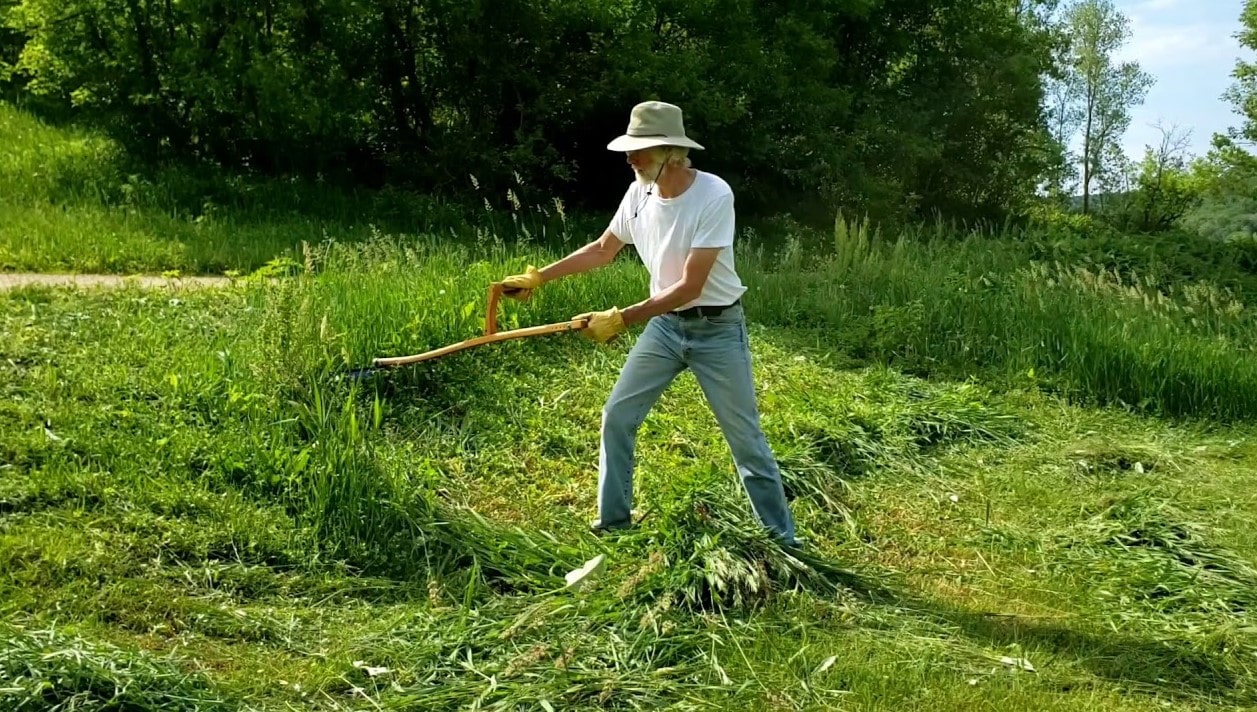
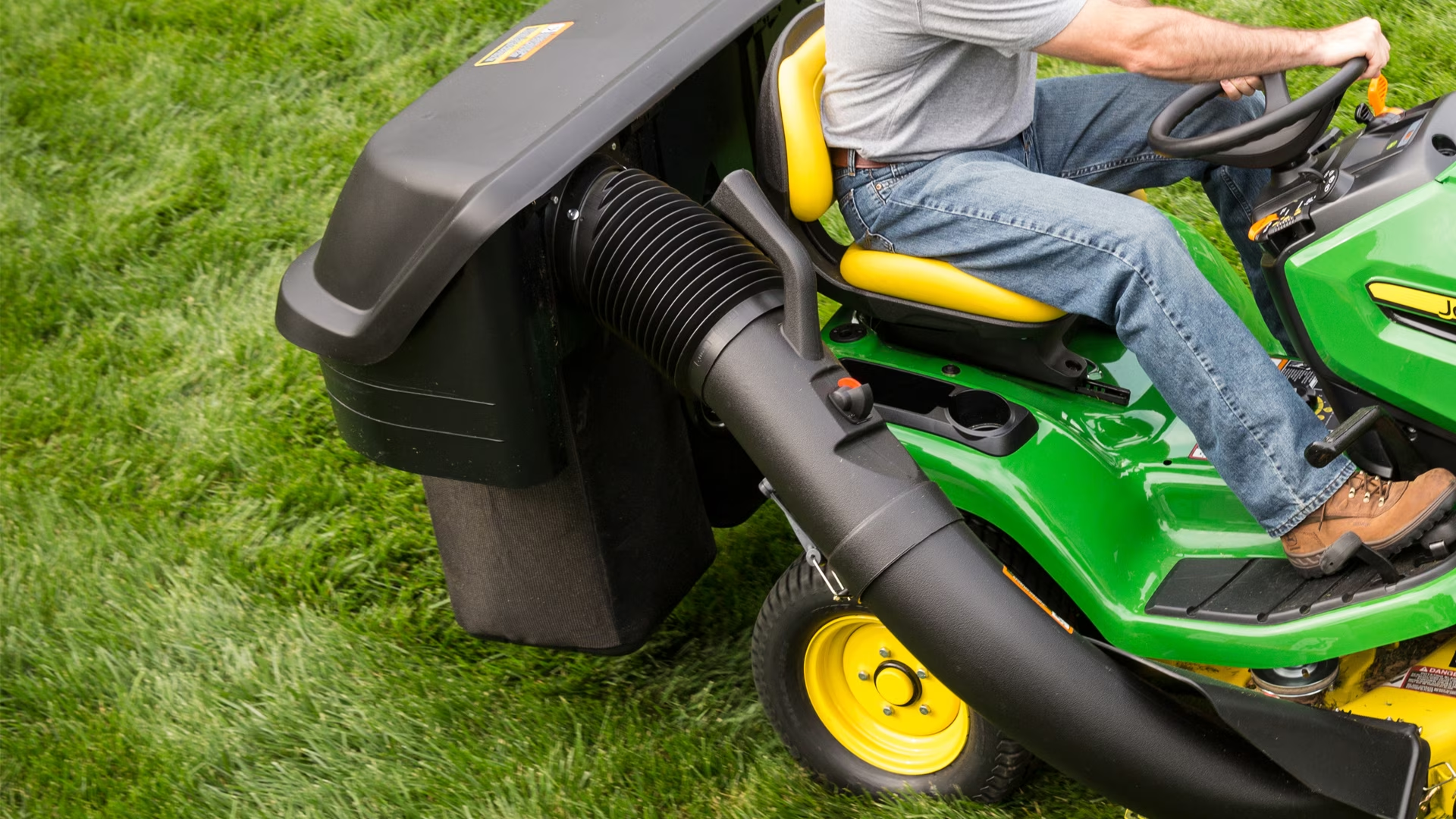
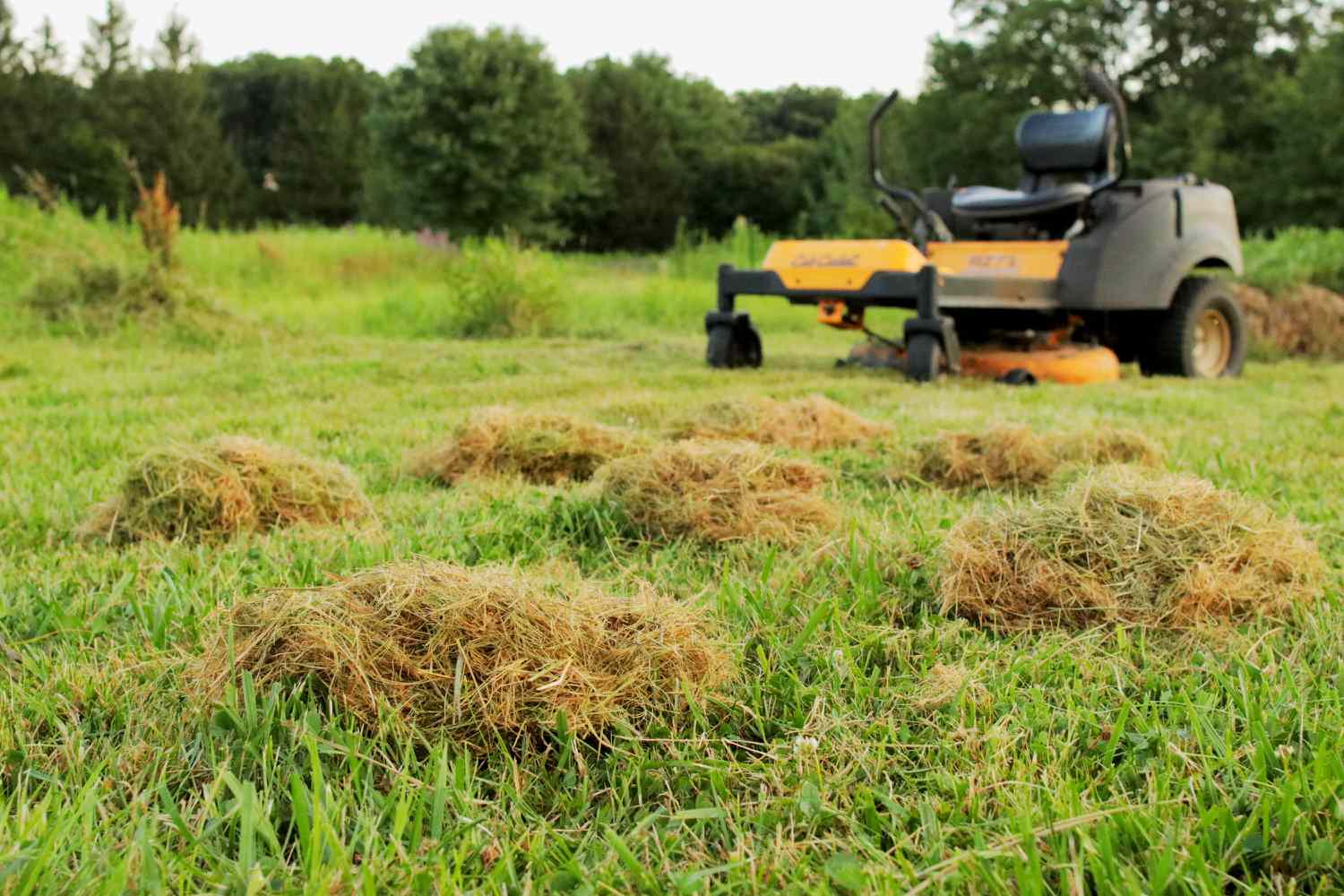
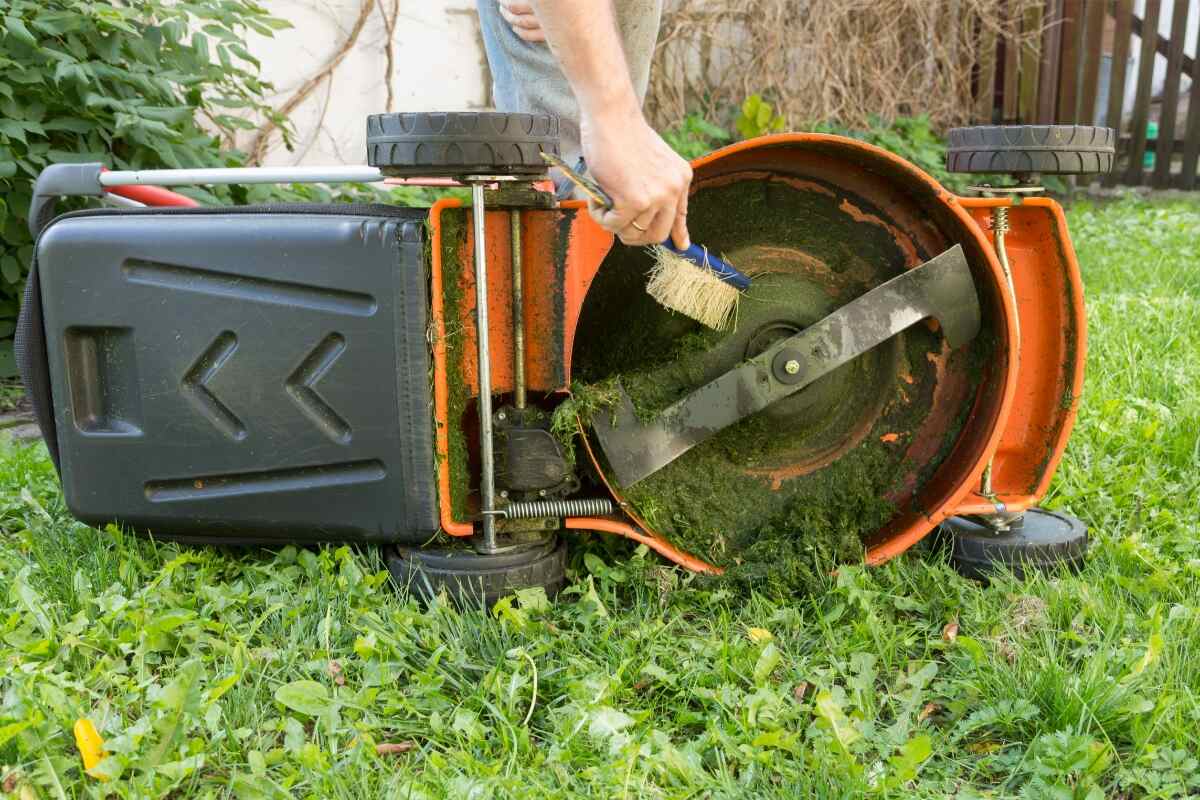
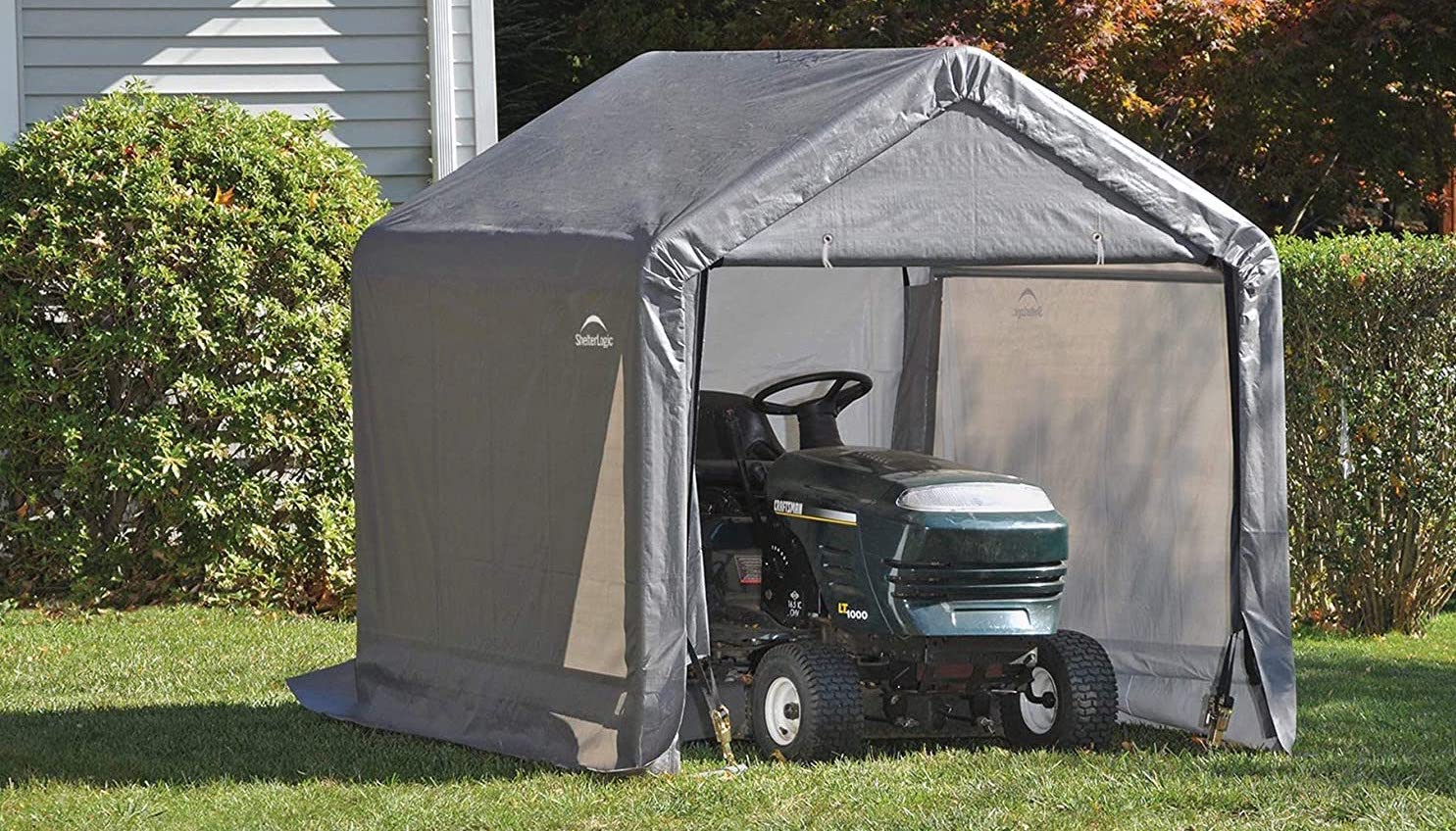
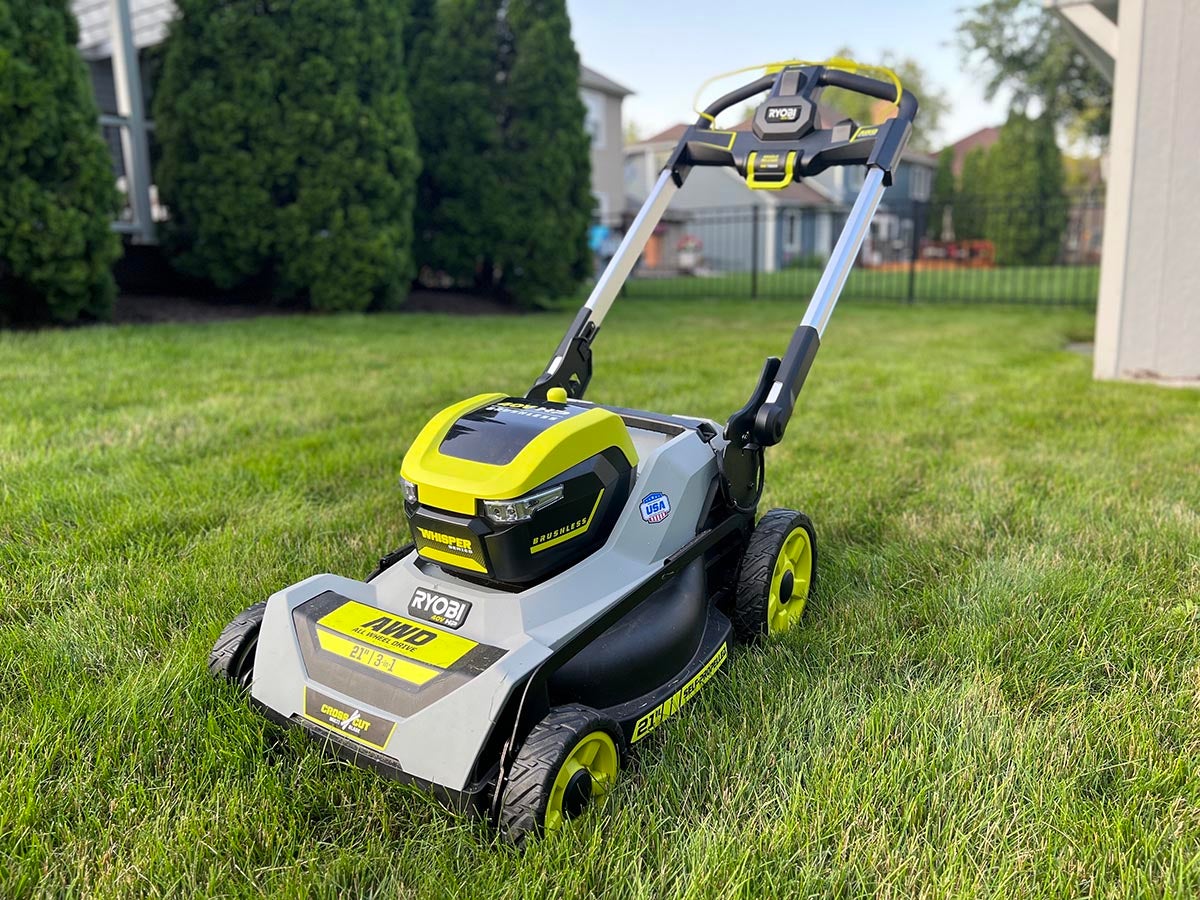
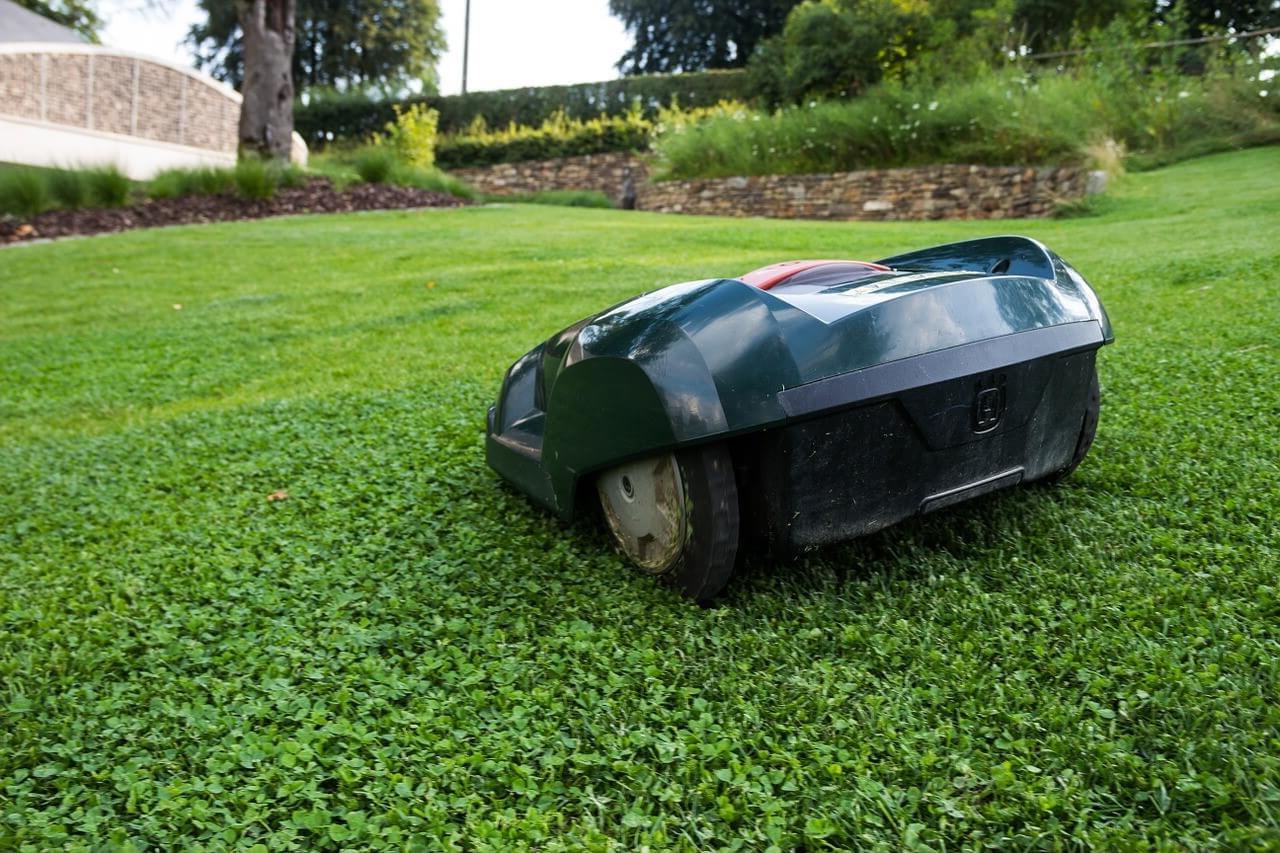
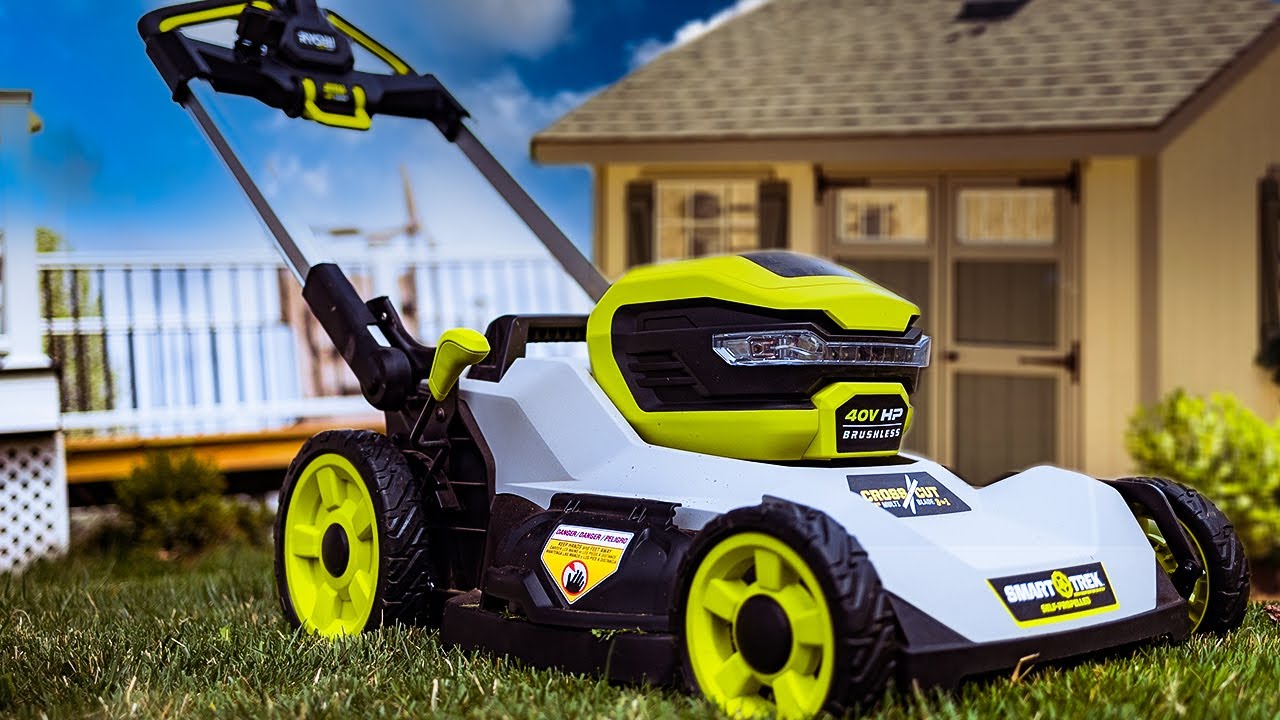


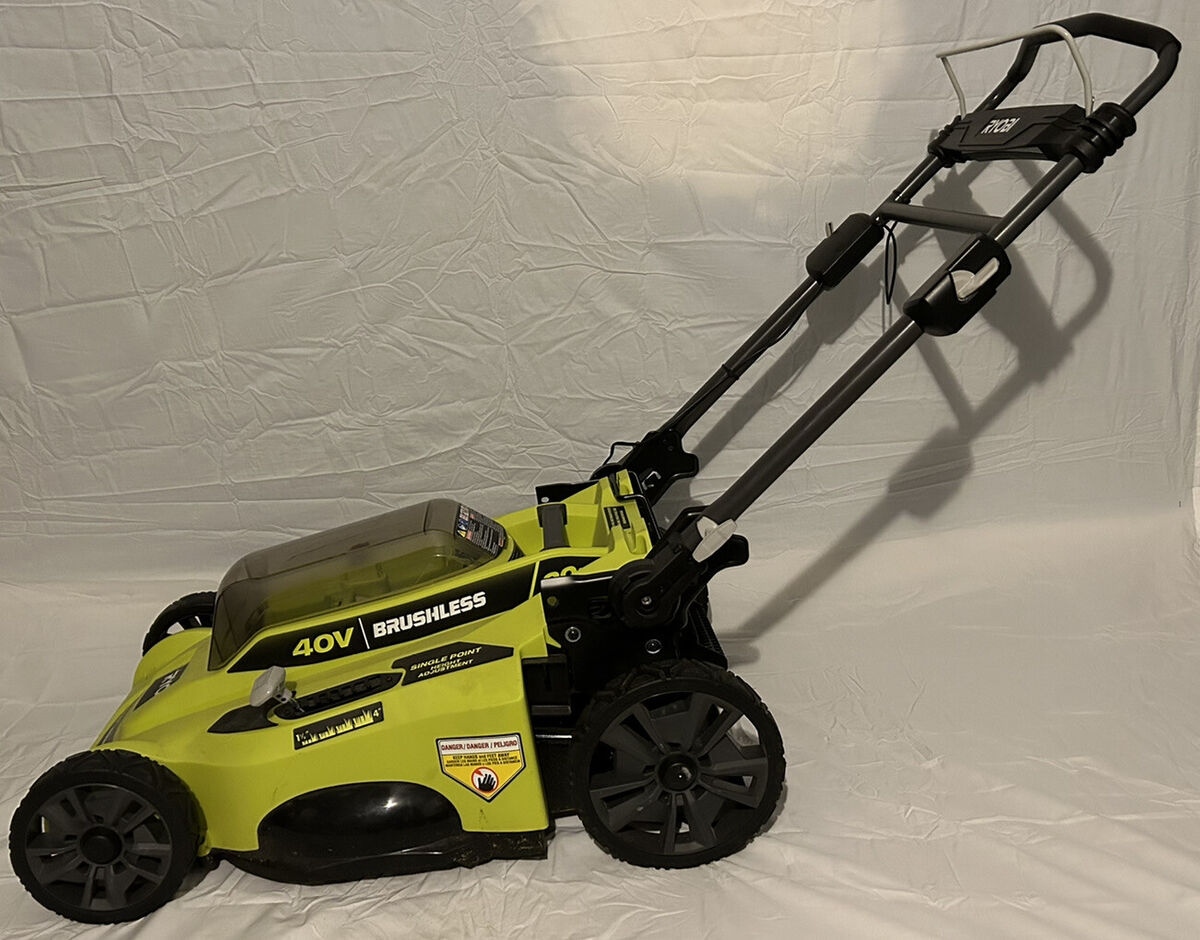
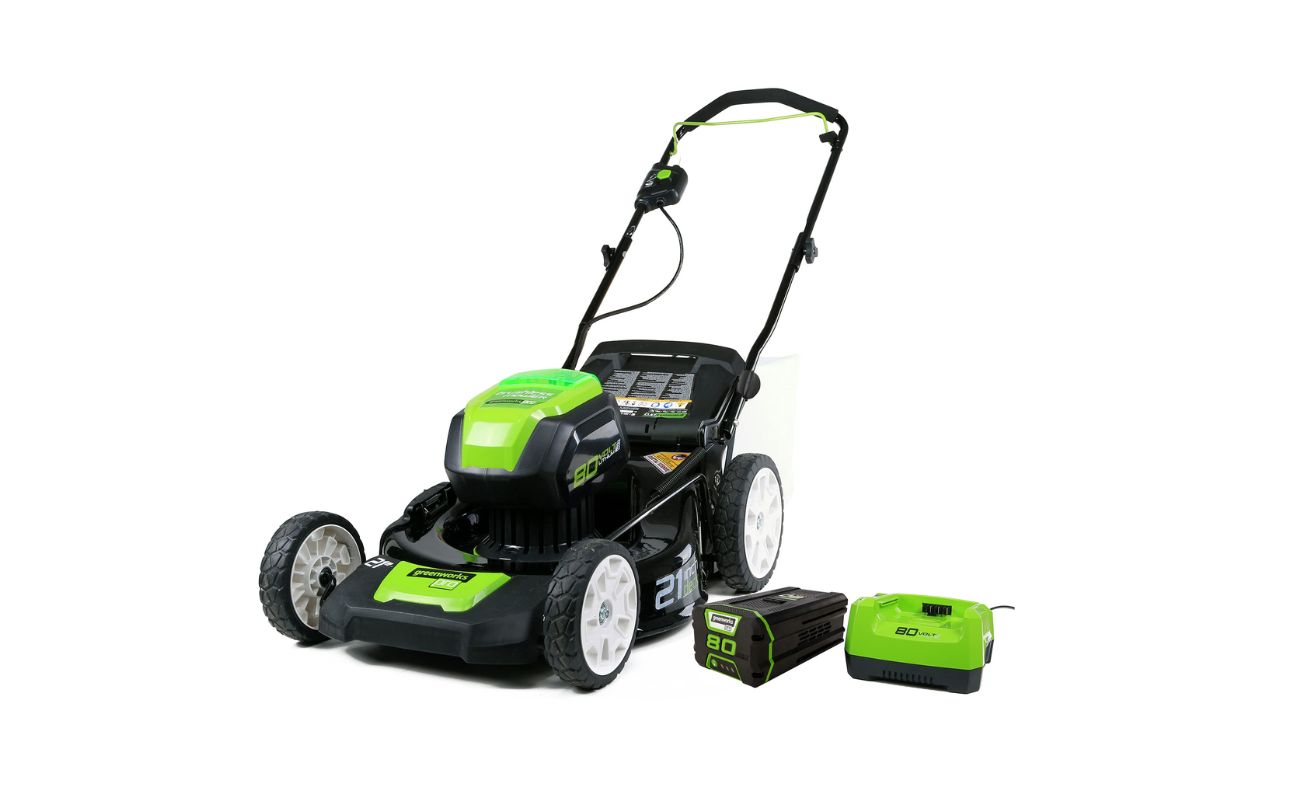
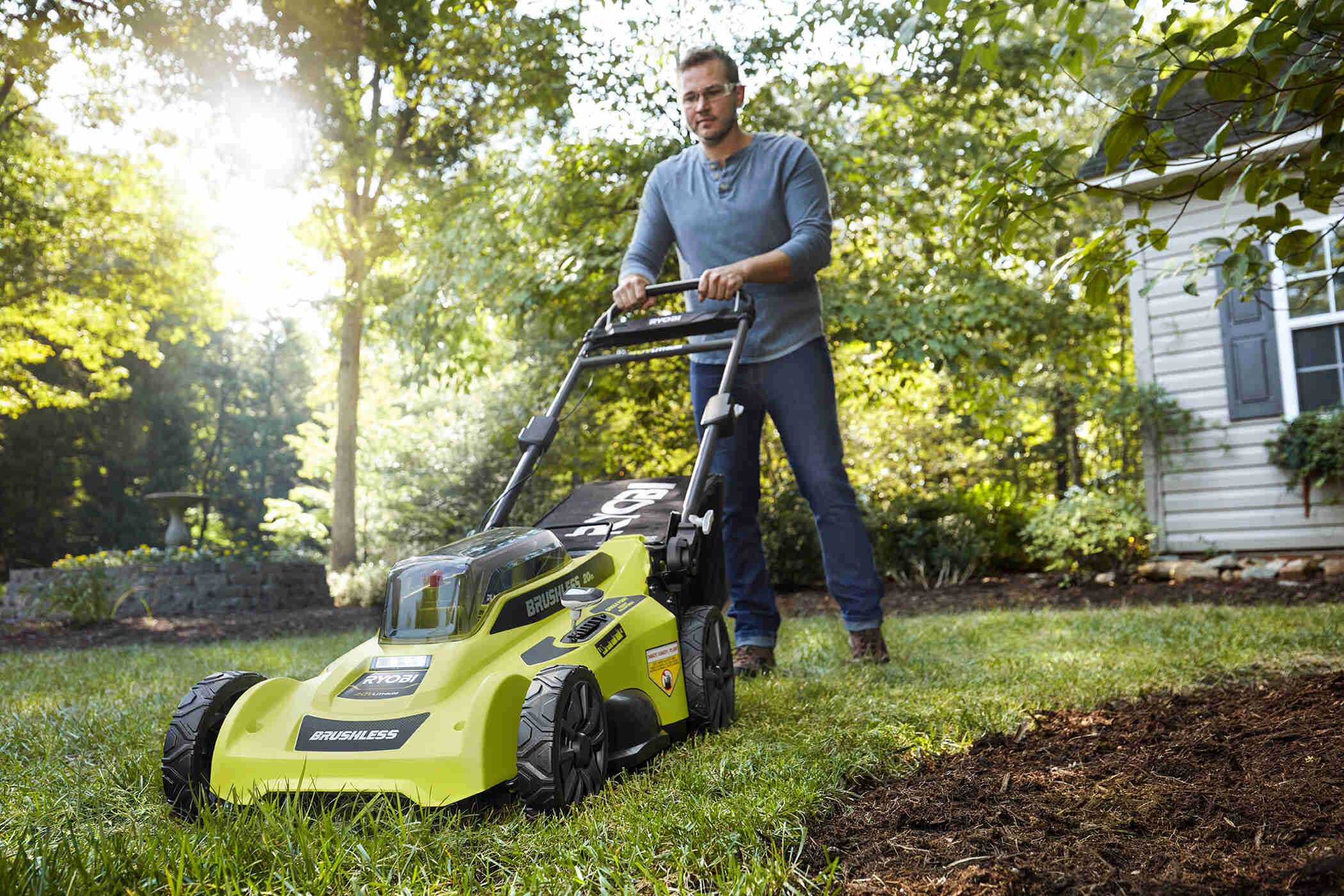

0 thoughts on “How Does A Lawn Mower Cut Grass”